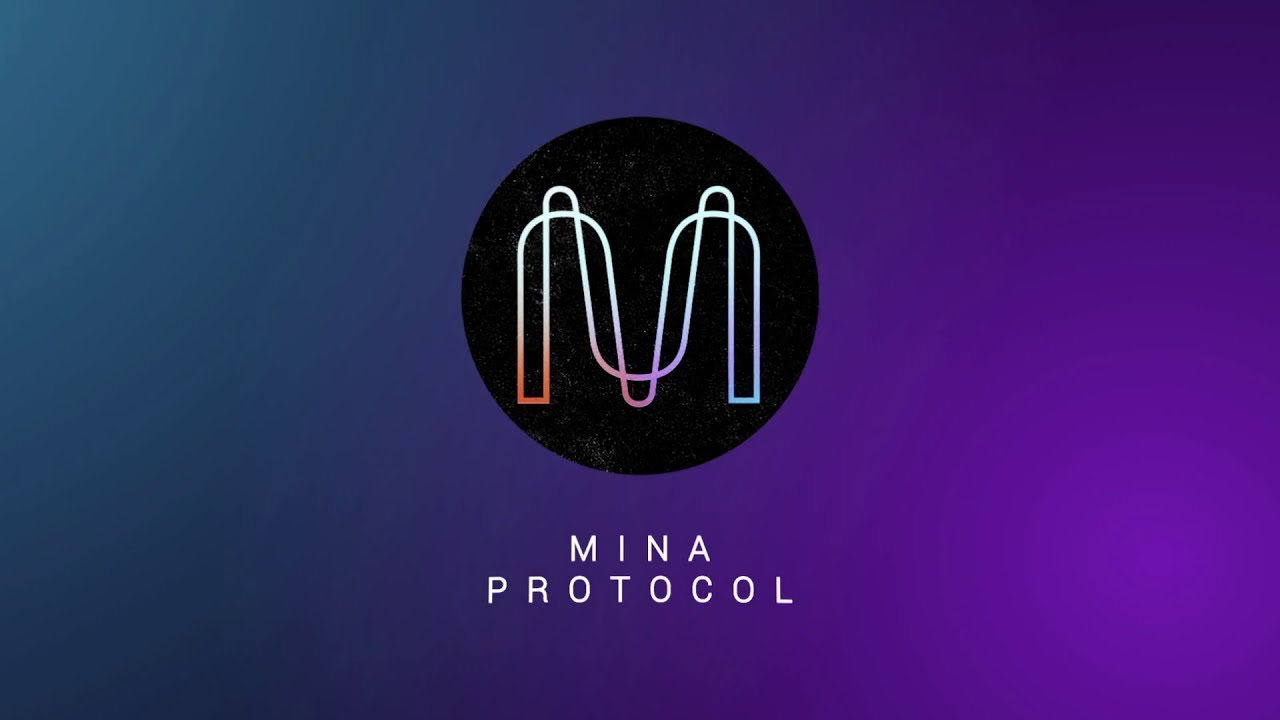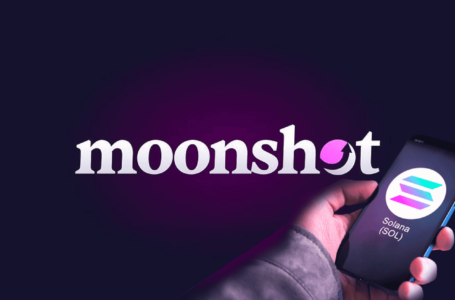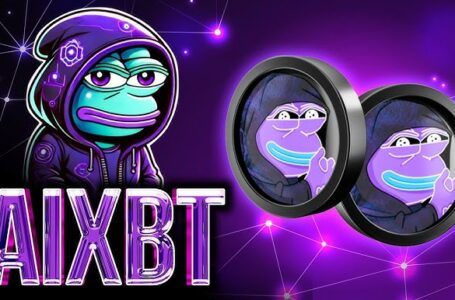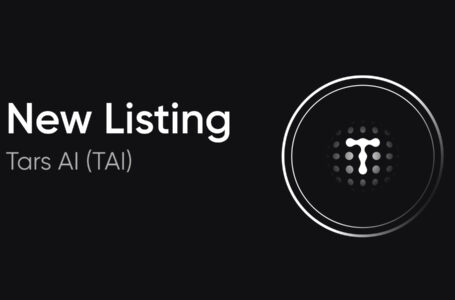
The Mina Protocol (MINA) operates as a smart contract compatible proof-of-stake (PoS) blockchain and cryptocurrency. The protocol is unique in that it limits block capacity to only 22 kilobytes in size. This ingenuitive approach helped the platform earn the title of “the world’s lightest blockchain” by developers.
History of Protocol Mina (MINA)
The Mina Protocol (MINA) entered the market in 2017 and was launched from San Francisco, California Labs is the development team behind the project. Originally, the network was called the Coda Protocol. The concept is the creation of two lifelong friends and computer scientists, Evan Shapiro and Izaac Meckler.
The Mina Protocol has had an excellent launch. The network was able to secure venture capital from Multicoin Capital, Polychain Capital, and Coinbase Ventures. In September 2020, the company was hit with a lawsuit regarding the similarity of its name to the Coda Blockchain. After the suit, the project was rebranded to the Mina Protocol.
In February 2021, the Mina Foundation and the Ethereum Foundation formed a strategic partnership. The goal of the project is to integrate Mina’s technology into Ethereum. Interestingly, Vitalik Buterin, Ethereum’s founder, is a long-time fan of the use of Zero-Knowledge Proofs (zk). Notably, the Mina mainnet went live this year after three years of Beta testing.
What Problems Does Mina Protocol (MINA) Solve?
The Mina Protocol (MINA) integrates various cutting-edge cryptocurrency technologies to alleviate multiple problems in the market. Primarily, the platform helps to combat centralization. Mining Centralization has long been an issue for early blockchain. In the future, these issues will affect nearly every network. The very nature of blockchain technology is to blame for this centralization. As blockchains grow, miners need to keep a copy of the valid transaction history.
Early blockchains like Bitcoin already have an extensive history that can take a day just to download during your node setup. Sadly, this situation could eventually lead to scenarios where only a select few miners possess the technical resources to securely store such large amounts of data. The Mina Protocol (MINA) eliminates these concerns by placing an on-chain data restriction on the network.
Financial Restrictions
Another problem that the Mina Protocol (MINA) helps to eliminate is financial barriers. The platform has no minimum stake to become a block producer and no lock-up period. This strategy enables anyone to participate in the network regardless of their wallet balance.
The Use of Oracles
Oracles are off-chain sensors that communicate data to and from the blockchain. These sensors can be set to monitor anything from the weather to stock prices. As such, they enable blockchains to better integrate into traditional markets in a powerful way. However, since they are off-chain and usually centralized, they create a weak point in the network.
Notably, the Mina Protocol (MINA) doesn’t require the use of centralized data oracle like other cryptocurrency blockchains. Instead, it relies on snapshots of data relevant to the decentralized application from multiple websites. This approach provides a more decentralized alternative to oracles.
Benefits of Mina Protocol (MINA)
There are a lot of benefits gained when you utilize the Mina Protocol(MINA). For one, the platform provides developers with a streamlined way to execute Dapp functionality. The Mina Protocol was built from the ground up with the goal to curtail computational requirements in order to run Dapps more efficiently.
How Does Mina Protocol (MINA) Work
The Mina Protocol (MINA) leverages a set of hybrid Zero-Knowledge proofs, a unique node structure, and technical architecture to accomplish its goals of keeping the blockchain open and accessible to the masses. Zero-Knowledge proofs are a technology that enables a user to prove they have certain information or are a particular person without revealing any of the actual data to the other party.
Zero-Knowledge Proofs in the Mina Protocol
Zero-Knowledge (zk) proofs were introduced by MIT professor and Algorand founder Silvio Micali. The concept works by providing a snapshot of a timeframe on the blockchain. The Mina Protocol introduces a mechanism called Recursive Zero-Knowledge Proof to the equation. Recursive Zero-Knowledge Proofs streamline data transmission even further. Instead of turning every transaction and block into a 22-kilobyte snapshot, the network makes an overview snapshot of multiple transactions. Since all of these snapshots are now in one 22-kilobyte snapshot, the blockchain remains light.
Block Producers
The second node operating on the Mina Protocol (MINA). is called block producers. These users are responsible for storing the current state of the blockchain. They also send snapshots of the blockchain state to verifiers. Block Producers’ main responsibility is to create blocks containing transactions. For their efforts, they earn Mina tokens from transaction fees and block rewards.
Block Producer rewards are based on how much Mina they stake relative to other block producers. Regular MINA holders may also delegate their tokens to block producers to gain access to rewards. Uniquely, there are no minimum staking requirements or lock-up periods to become a block producer. In this way, Mina provides a more democratic strategy to the market.
MINA
MINA is the main utility and governance token for the network. Users can send value globally utilizing this token. You can stake MINA and secure passive rewards on the network. Notably, the token was launched with an initial supply of 1 billion tokens and no maximum supply. The system is designed to allow an annual inflation rate of 12%. Keenly, this will drop to 7% after two years.
Bottom Line
You have to hand it to the developers behind the Mina Protocol (MINA). They are thinking farther ahead than most projects in the market. The concept of a super light blockchain that provides a truly decentralized experience for users will always be welcomed in the market. For this reason, the Mina Protocol is positioned excellently.



















